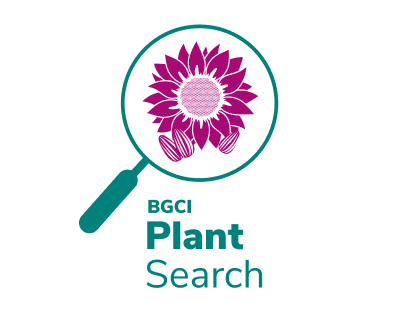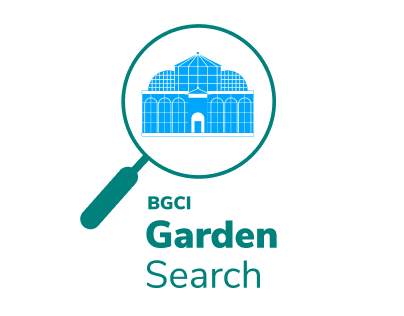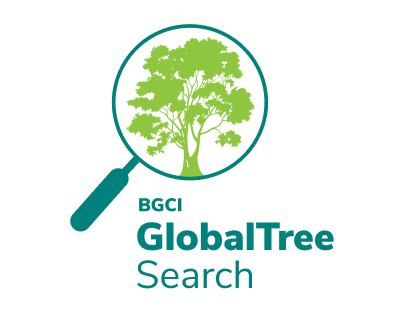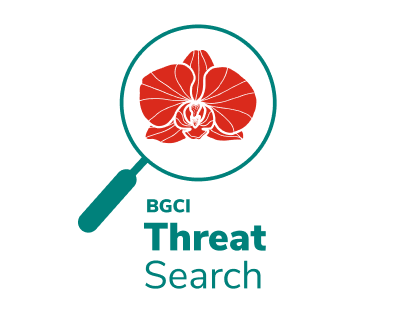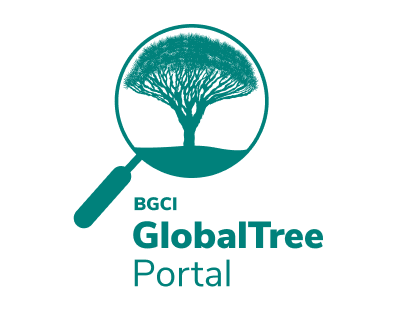Public Engagement & Education
BGCI has an extensive Public Engagement programme that provides a wide range of tools and resources to support and promote the education work of botanic gardens around the world. We host a global congress (the International Congress on Education in Botanic Gardens), publish an education journal twice a year (Roots), and provide resources and tools to support best practice education. We also aim to develop and deliver innovative, participatory projects that showcase the important social role of botanic gardens within their local communities.
We are also focusing on how botanic gardens and their millions of visitors can contribute to global conservation challenges. Annually botanic gardens around the world are visited by over 750 million people. We therefore have a huge opportunity to engage this audience in the global challenges that we are currently facing such as climate change, food security and biodiversity, and to the turn that engagement into conservation action.
BGCI’s Education Journal: Roots
BGCI publishes the educational magazine, Roots, twice a year. As a BGCI member you are able to contribute to the magazine and most of the articles have been written by botanic gardens. Topics that were covered in the past few years are conservation prioritisation, connecting visitors with nature, accessibility, reducing waste, climate change education, and learnings from the education congress.
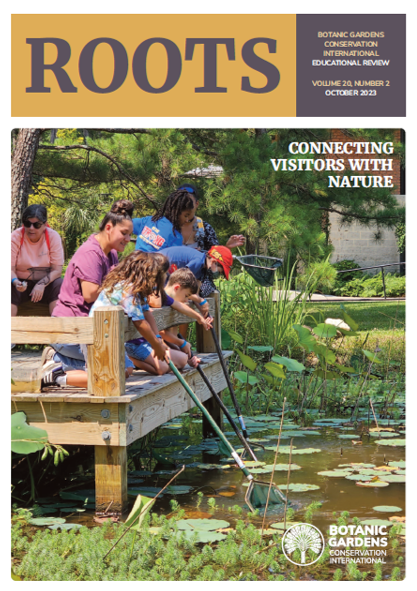
Ongoing Education Projects
Currently, the education team is involved in four Darwin Initiative Funded projects across four countries: Malawi and Uganda in Africa, and Vietnam and Tajikistan in Asia. The education team is responsible for the Public Awareness component of these projects.
As part of our Public Awareness Strategy, we co-develop activities with our different partners resulting in outputs such as interpretation panels, leaflets and posters, radio programmes, and Open Days.
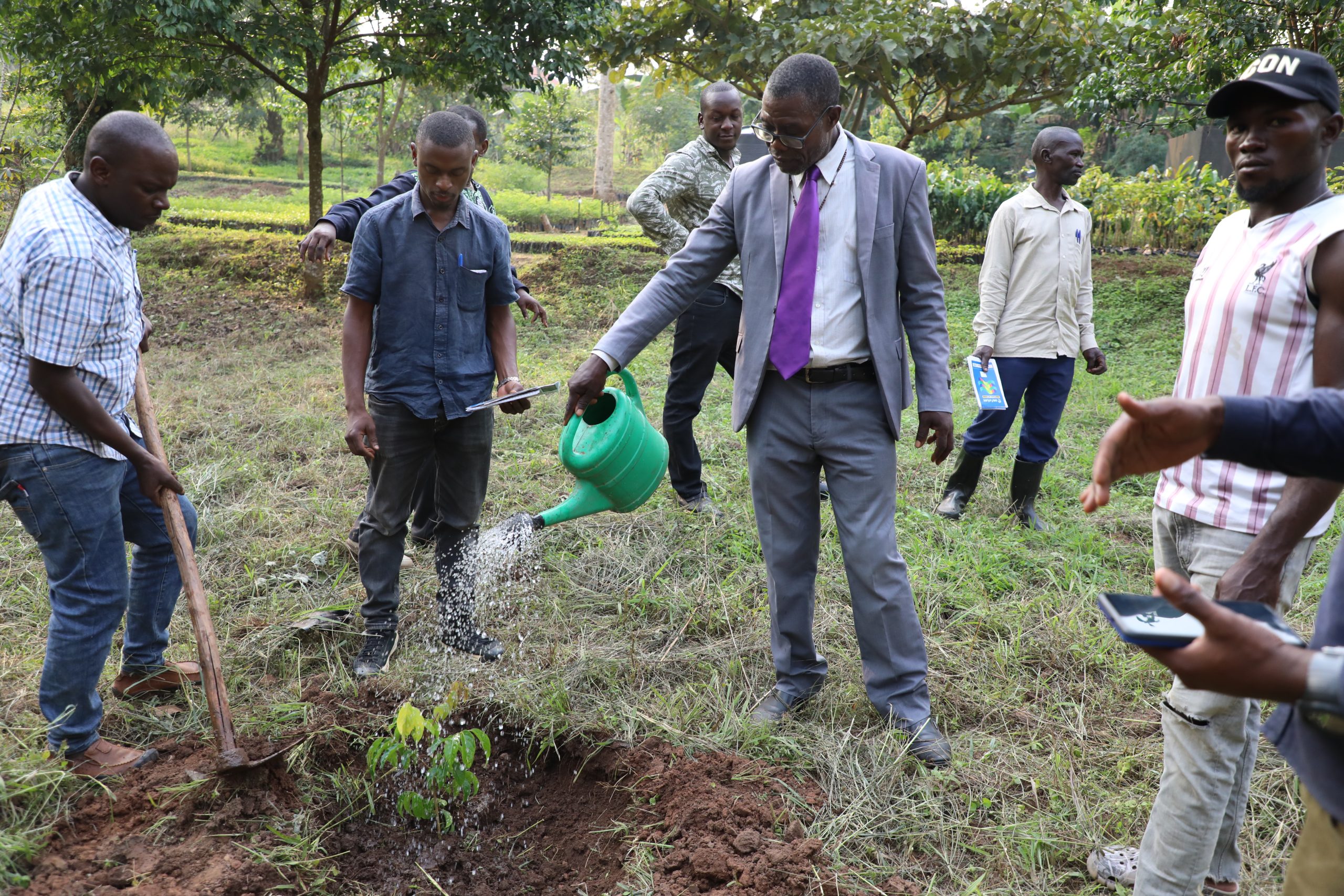
To implement our Public Awareness Strategy, we have trained our local partners in participatory approaches like co-creation or in the Behaviour Centred Design (BCD) methodology designed by Rare, aimed at promoting behavioural change in conservation projects.
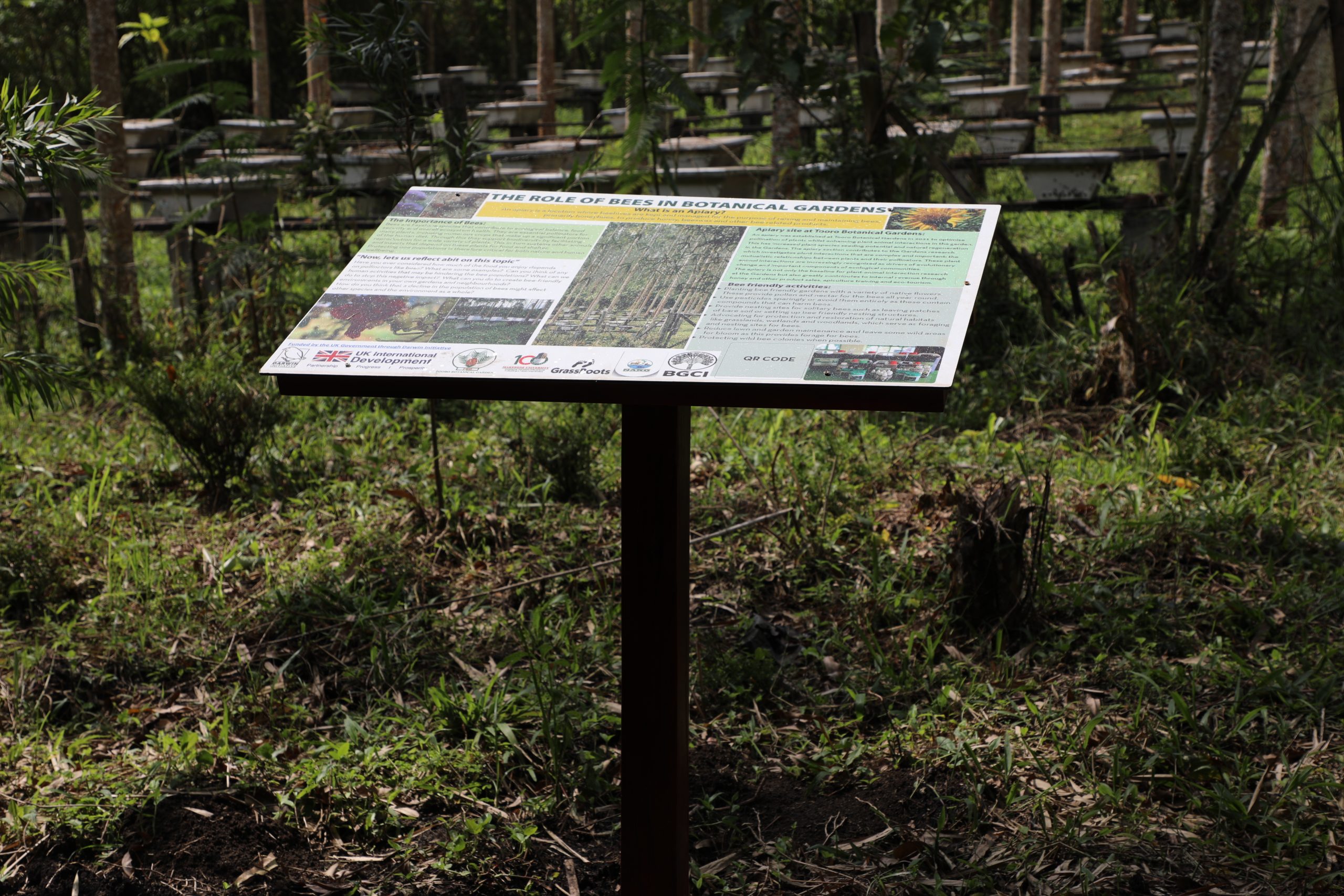
Participatory approaches in Public Engagement
1) Co-creation
The aim of co-creation is to create shared ownership of a project between institutions and communities. The idea is to co-operate and learn from others and build a strong connection between groups which enables them to raise awareness and sensitivity towards important issues.
During our co-creation training, we train individuals to become facilitators who bring people together, while ensuring the control remains in the hands of the co-creators. Using a co-creation approach you meet your audiences’ needs, build stronger relationships and widen your audience.
The co-creation includes various steps, including two main stages; the ideation phase in which the group creatively generates, develops, and communicates new ideas, and the iteration phase in which the group revisits and improves ideas.
This approach empowers participants to create their own ideas from beginning to end, stimulates ownership of their ideas, and builds relationships between groups that last beyond the scope of the project.
2) Behaviour Centered Design (BCD) approach for behaviour change in conservation
The Behaviour-Centered Design approach consists of 8 steps and has been developed by RARE, the center for behavior and environment, in order to build breakthrough solutions to environmental challenges. It is based on a combination of behavioral science and design thinking. These are the steps of the BCD approach:
- Frame: Identify the actors and behaviors that have a meaningful impact on your environmental goals.
- Empathize: Collect data about the target audience and behavior using their perspective to understand their motivation, barriers, and context.
- Map: Draw links between data observations and behavioral insights using your behavioral lens to get more effective solutions.
- Ideate: Brainstorm, combine and prioritize ideas. By expanding the realm of possible ideas, you will think more creatively.
- Prototype: Develop a small-scale version with the essential features of your solution. This way you don’t have to invest a lot in resources, and it makes your idea tangible.
- Test: Test the prototype by validating your hypotheses about what motivates behavior and get feedback so you can improve the solution.
- Launch: Plan and launch your solution to see if it works in the real world.
- Assess: Measure the impact and monitor change in order to see if the behavior change is happening and to what degree it happens.
This approach is highly effective because all environmental problems and solutions involve behaviour change. The BCD approach helps identify target behaviours and develop strategies to change them. By using small, incremental steps, it creates a strategy that will have a larger and more lasting impact. The most important aspect of this approach is that it provides an opportunity to understand the barriers preventing people from adopting the desired behaviour and to find solutions to overcome these obstacles.
This is based on the Behavior Centered Design from Rare.org.
Featured Projects
Past Engagement Projects
- BGCI’s Sustainability Challenge
- Fruit and Veg Food Waste Challenge
- UK Sustainability Challenge Pilot Project
- Food Sustainability Challenge
- BigPicnic
- LearnToEngage
- Communities in Nature
- INQUIRE
Share


